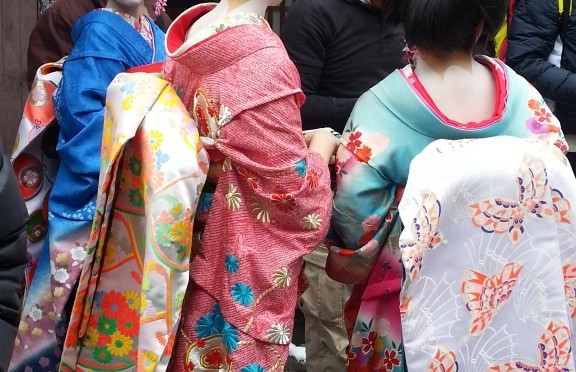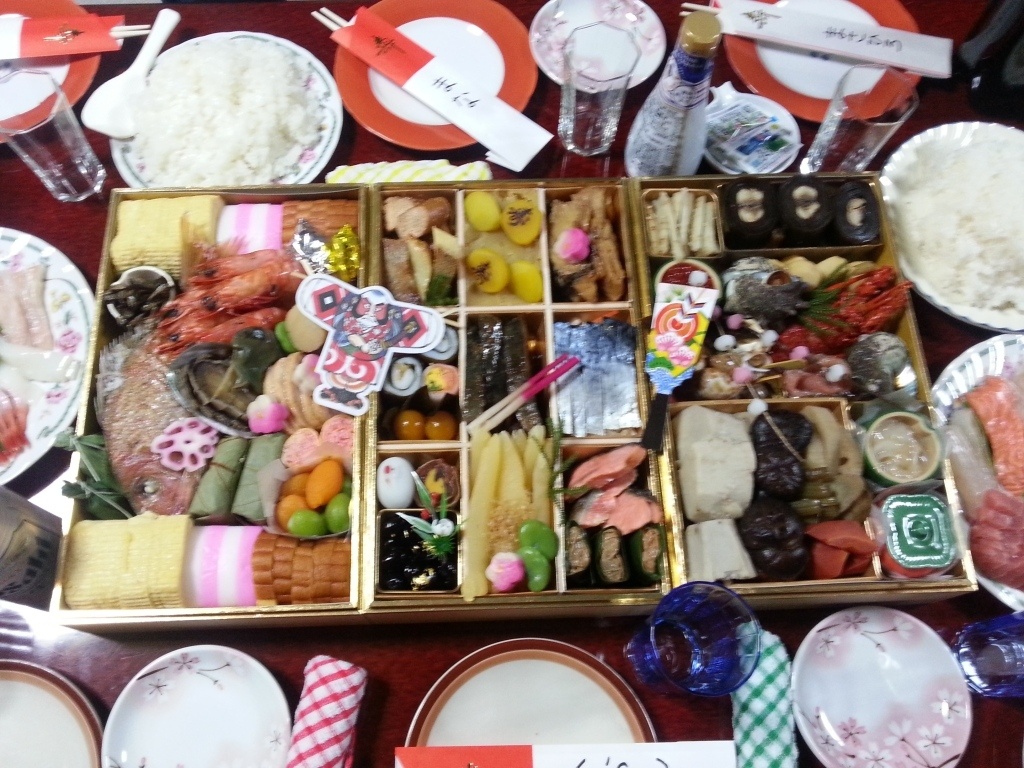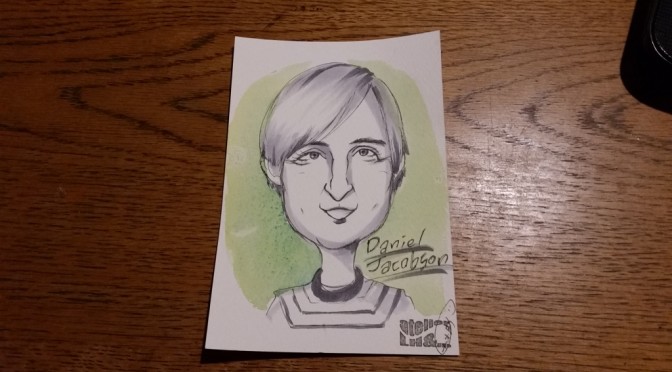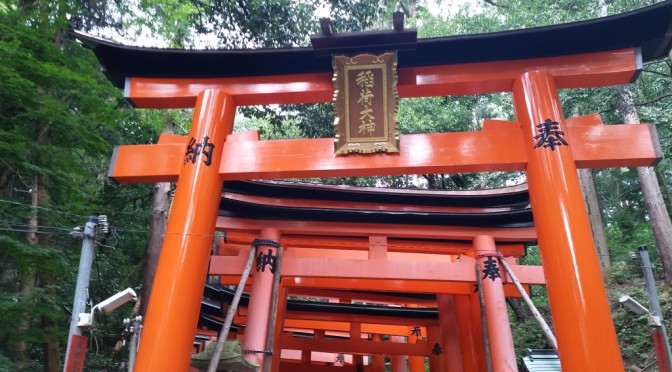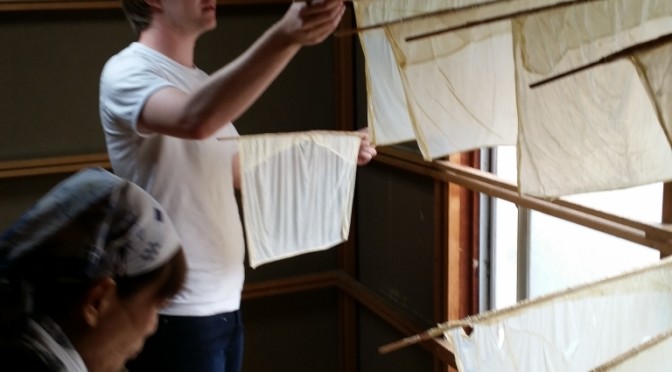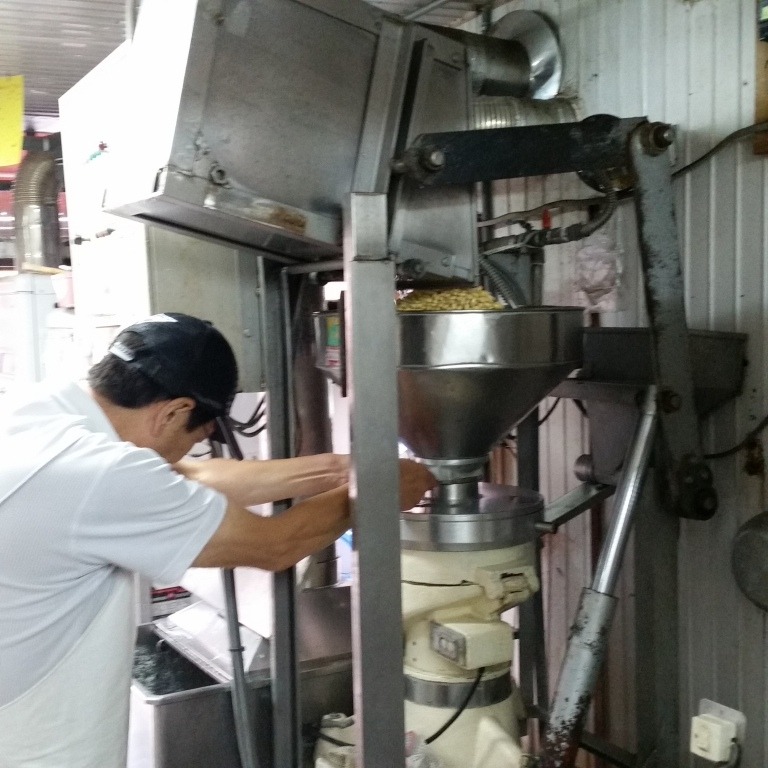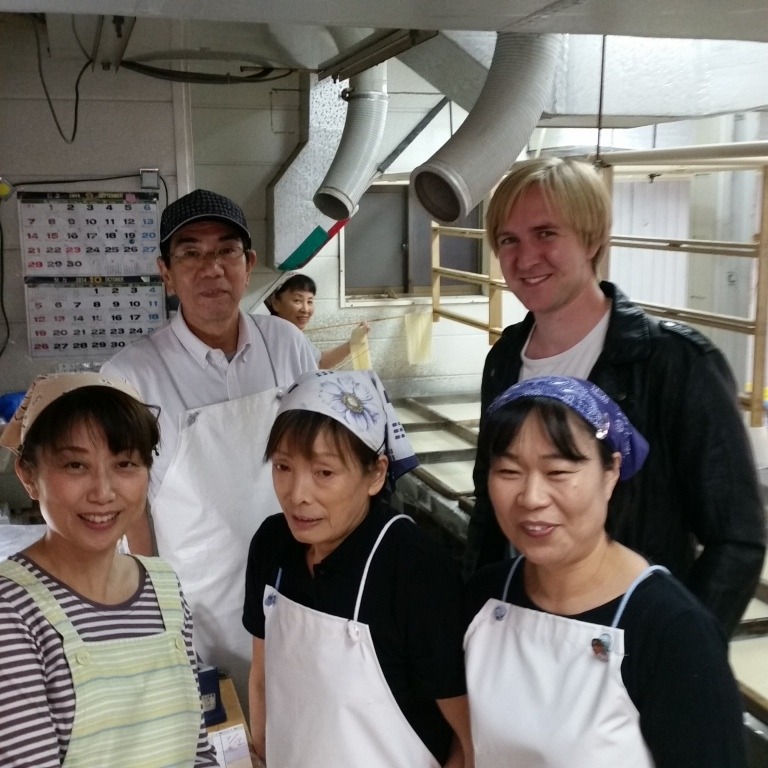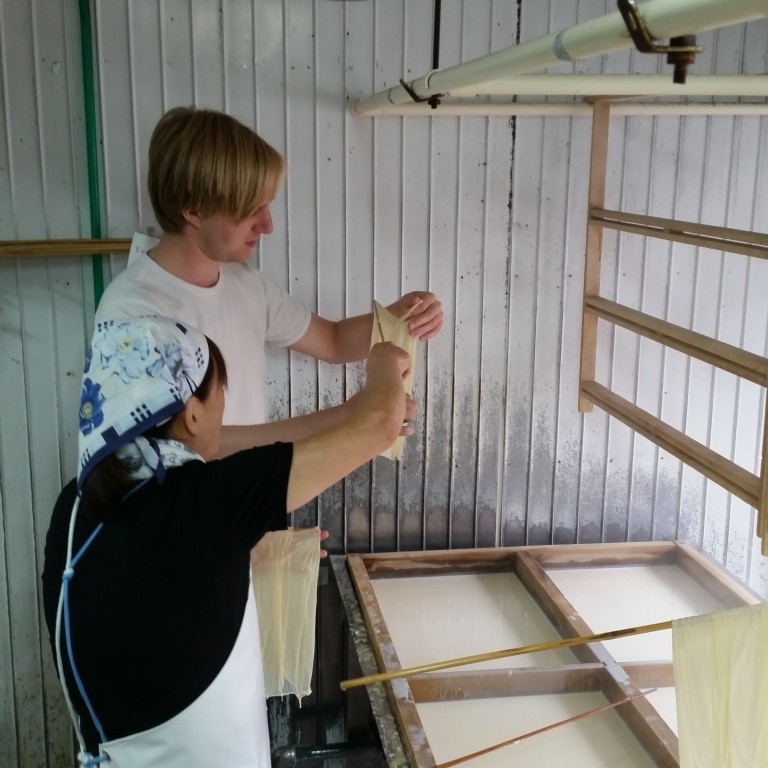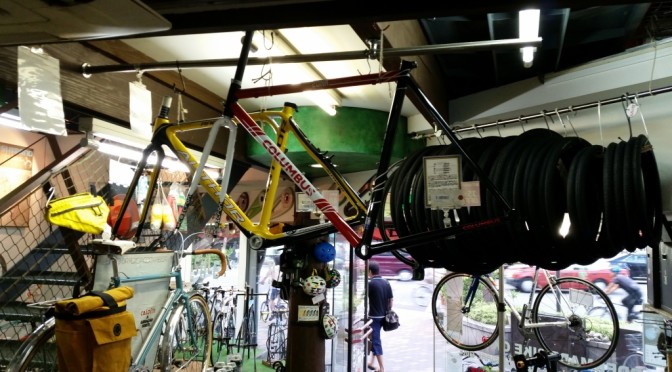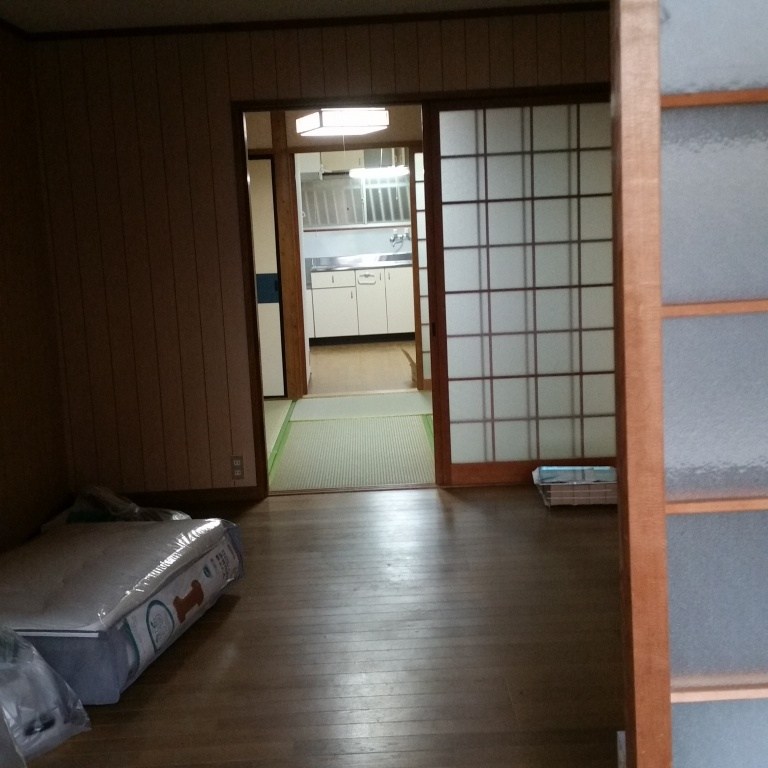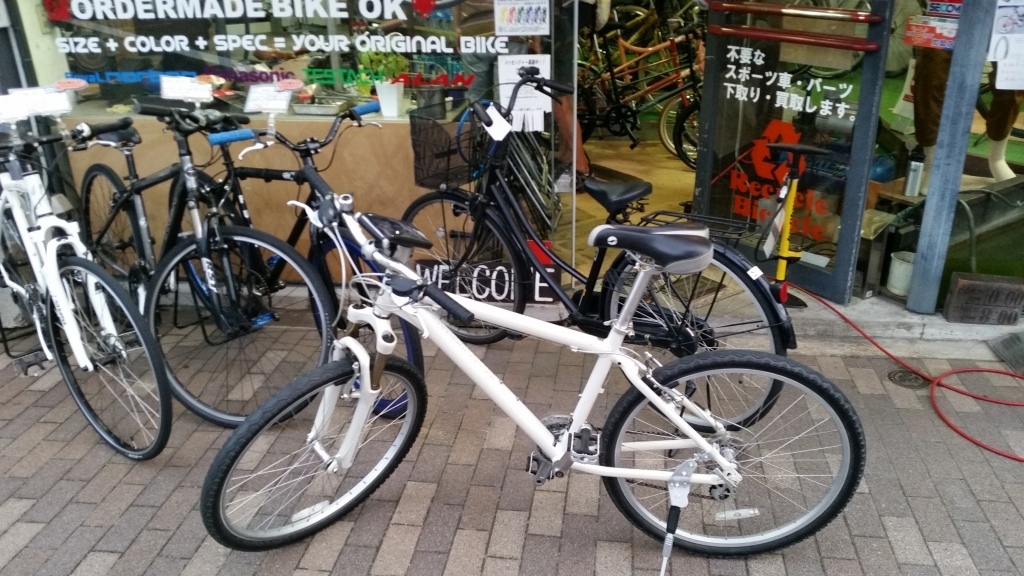Christmas and New Year in Japan vs Sweden.
Christmas
While Christmas in Sweden is a time to gather and meet your family. Christmas in Japan is arguably a romantic time for couples. Going on a date to USJ (Universal Studios Japan) or to a fancy restaurant seems to be customary.
In one of the smartest marketing moves in Japan, KFC – Kentucky fried chicken has become associated with Christmas in Japan. If you don’t pre-order the special chicken bucket one months in advance, you have to make it without it on Christmas, what a bummer!?
Finally, there is the phenomenon of eating christmas cake in Japan, that is consumed instead of Julbord, which is a Swedish Christmas buffet.
New year
I would say that the new year is for the family in Japan, whilst it is more about drinking with friends in Sweden (very generalized). I visited the Yasaka shrine in Kyoto during the new year and witnessed A LOT of Japanese going there as well, praying, eating fast food at the stalls, and ringing the bell. You can see and hear it in my video below. The day after, on new years day, I went to my friends in the Ueda family and had a very pleasant evening with amazing new years food and games afterward.
日本とスウェーデンのクリスマスとお正月
クリスマス
スウェーデンでは、クリスマスに家族が集まりす。しかし、日本のクリスマスは、カップルにとって一番大事な日だと思います。USJにデートをしたり、素敵なレストランに行ったりすろようです。
KFCは、日本の一番最高なマーケティングイデアに、クリスマスと関連しています。特別チキンナゲットをクリスマスにたべたければ、1ヶ月前に、予約しなくちゃいけないです。
また、クリスマスケーキというものがあって、スウェーデンのJulbordの代わりに食べます。
お正月
日本のお正月は家族と会ったり、一緒に食事をしますが、スウェーデンは友達とお酒を飲むことが多い日です。
お正月には八坂神社へ行きました。そこでは、多くの人で賑わっていました。日本人は初詣でお願い事をしたり、屋台の食べ物を食べたりしていました。鐘の音は大きかったです。この下は私のそのイベントにとった映画です。その次の日は友達の上田の家に行って、食べたり、ゲームしたりしました。
